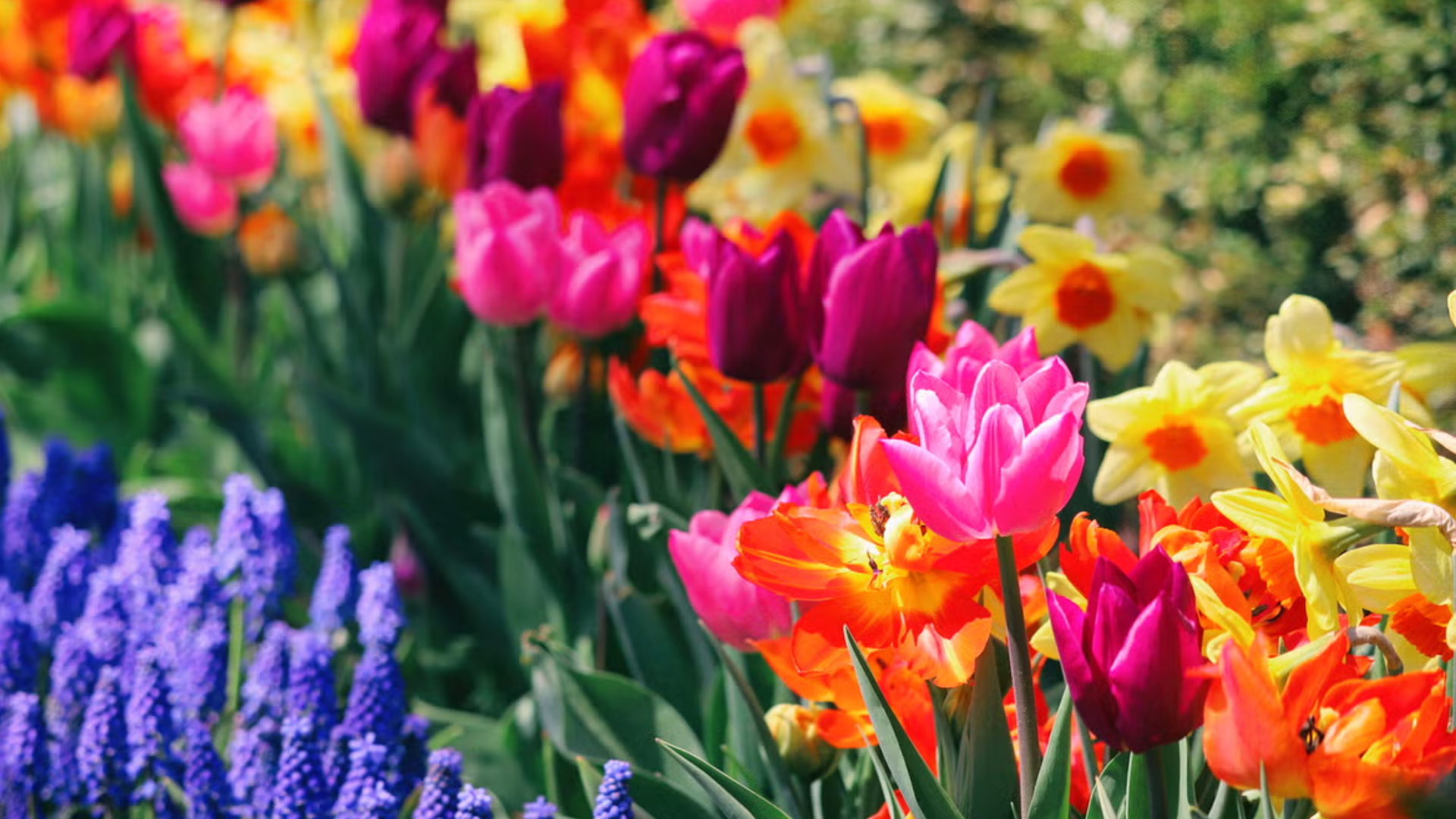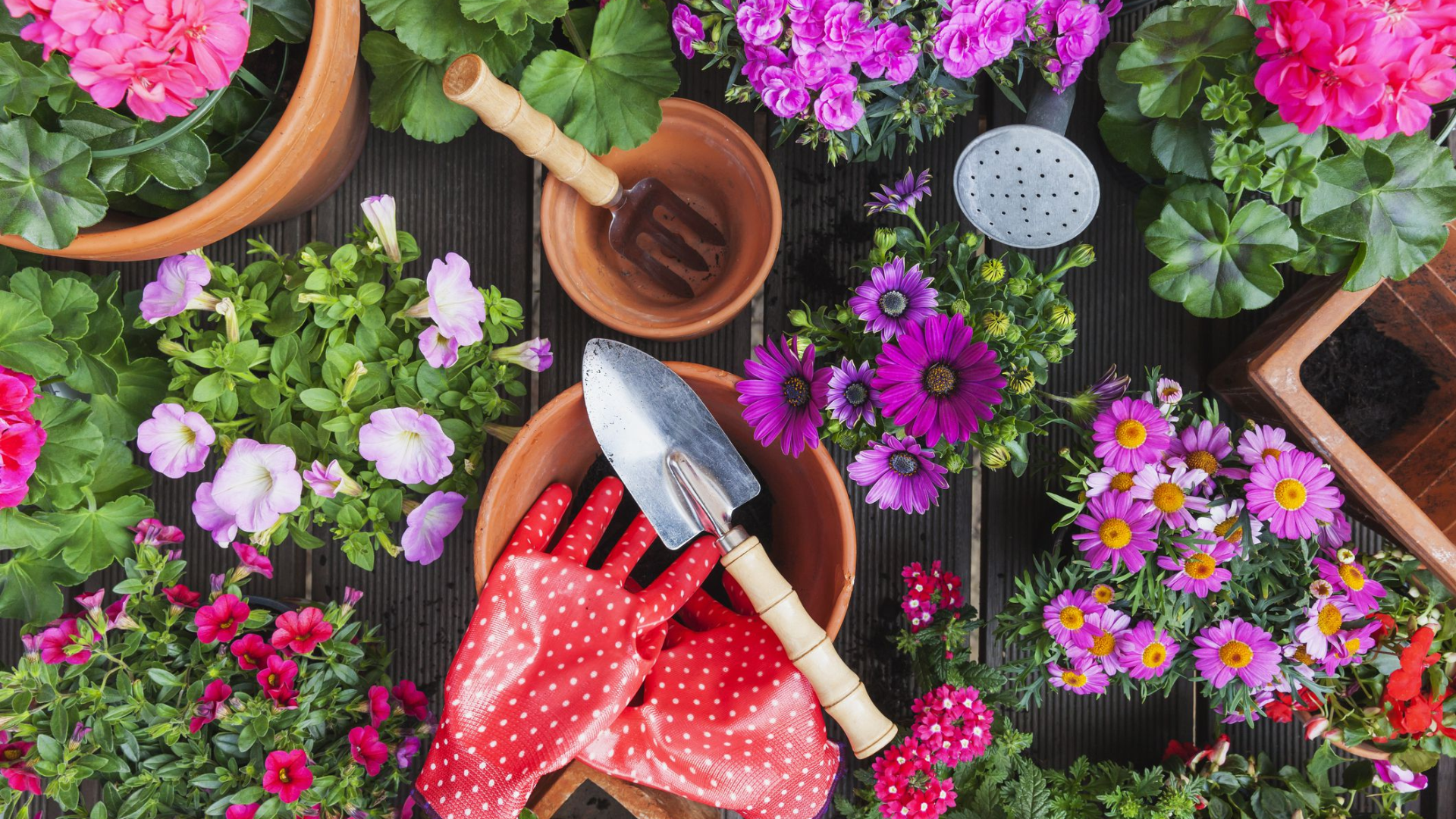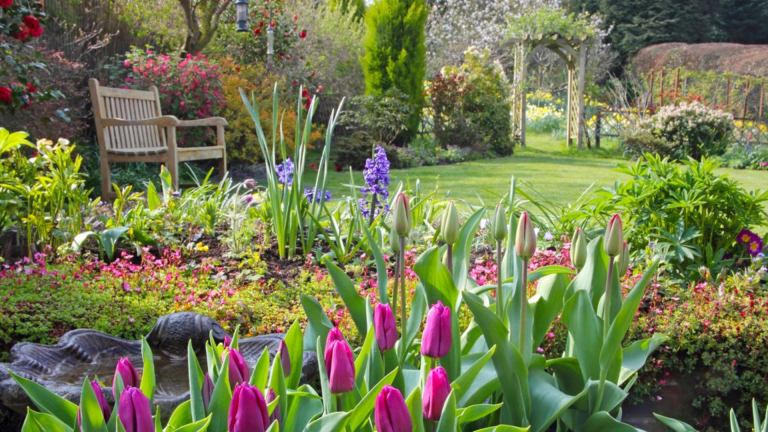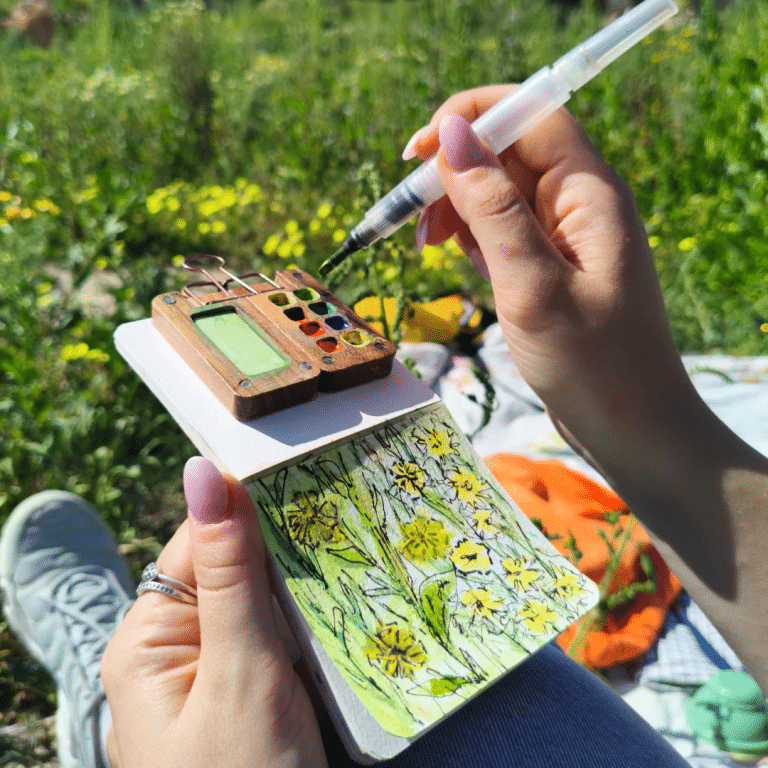Have you ever planted your spring flowers too early, only to watch them freeze during a late cold snap? Or maybe you waited too long and missed the best time for them to grow strong and bloom bright? Timing really does matter when it comes to planting in spring.
When you plant at the right time, your flowers grow better, stay healthier, and last longer—plus, you save money by not having to replace damaged plants.
In this guide, I’ll help you figure out exactly when to plant your flowers based on your location and weather.
You’ll learn how to use tools like hardiness zone maps and frost date charts. I’ll also show you how to read clues from your own yard, like when certain trees or weeds begin to sprout.
Benefits of Planting Spring Flowers at the Right Time

Planting your spring flowers at the right time gives them the best chance to grow strong and bloom fully.
When you match your planting schedule to the weather, your flowers grow deeper roots and handle summer heat more easily. This early root growth helps them stay healthier and bloom longer. It also means your plants will need less water and less care as they settle into the ground.
Timing it right makes your flowers stronger against pests and diseases. It also cuts down the chance of wasting money on plants that won’t survive. Plants have spent thousands of years learning to follow nature’s signals. When we plant according to those patterns, we make gardening easier and more successful.
I learned this lesson after planting tulip bulbs too late one year. That bed failed completely. The next season, I planted them at the right time. The blooms were full, bright, and easy to care for all spring.
When to Plant Spring Flowers?

Knowing the right time to plant isn’t about picking a specific date on the calendar. It’s about understanding several factors that work together to create the ideal planting window for your specific location and flower types.
Here are the key indicators that will tell you when it’s time to start planting:
1. Know Your USDA Hardiness Zone
Your USDA hardiness zone is the first thing to learn before planting. It’s based on how cold your winters get, and it helps you know which plants will survive in your area.
To find your zone, check the USDA zone map online. Once you know it, look at the back of seed packets or plant tags—they often list zones to help guide planting times.
2. Track the Last Average Frost Date
Knowing the last frost date in your area helps protect your plants from cold damage. This date is when you’re likely past the chance of freezing nights.
You can find it through garden centers, local extension offices, or trusted weather apps. Most tender spring flowers should be planted after this date. But cold-hardy perennials can go in the ground a few weeks earlier.
3. Understand the Type of Flowers You’re Planting
Different flowers need different temperatures to grow well. Some can handle cold, while others need warm days and frost-free nights.
Cold-loving flowers like sakura and sunflowers can be planted weeks before the last frost. But warm-season favorites like marigolds or impatiens must wait until the frost risk is gone. Spring-blooming bulbs such as tulips and daffodils should be planted in fall for next spring.
4. Watch Soil Temperature
Even if the air feels warm, your soil might still be too cold for planting. Most spring flowers need soil that’s at least 50°F to grow properly.
Use a soil thermometer and measure about 2 inches deep in the early morning. That’s when soil is coolest. If it’s warm enough, then your soil is ready.
In my own garden, I’ve noticed raised beds warm up much faster than regular garden soil. That lets me plant in raised beds one or even two weeks earlier, which helps flowers get a strong head start.
5. Follow the Weather Forecast
Even if it seems like the right time to plant, it’s smart to check your 10-day weather forecast before putting anything in the ground.
Look out for surprise cold snaps, strong winds, or heavy rain. All of these can harm tender new plants. One spring, I lost half my flowers because I ignored a frost warning. The date seemed safe, but the weather turned suddenly.
Now, if the forecast looks risky, I keep my plants on the porch or in the garage overnight until things warm up again. Waiting just a few days can save you a lot of trouble.
6. Look for Signs of Spring in Nature
Nature often tells you more than a calendar can. Many gardeners trust signs from plants and animals to know when to plant.
When forsythia or lilacs bloom, or oak leaves grow to the size of a squirrel’s ear, that’s often a good time to start planting. In my area, when dogwood trees bloom, it usually means the ground is ready.
Also, pick up some soil and crumble it in your hand. If it breaks apart instead of sticking, that’s another good sign. Watching nature can be more helpful than just guessing by the date alone.
7. Use Garden Centers as a Timing Clue
Local garden centers usually sell plants when the weather is right for planting them. They want their customers to succeed, so they time their displays carefully.
When you see spring flowers moved outside, it’s a strong sign the planting window has opened. But be careful—big stores sometimes bring out plants too early.
That’s why I talk with workers at small local nurseries. They often live nearby and know exactly what works in the area. Their advice has helped me avoid planting too soon and wasting money on flowers that weren’t ready for the weather.
Conclusion
Knowing the best time to plant spring flowers isn’t always clear-cut. It takes more than checking the calendar.
Instead, it’s about paying attention to a mix of clues like your USDA zone, last frost date, the kinds of flowers you’re growing, and what the soil and weather are doing.
When you use all of these signs together, you can make a smarter choice about when to plant. Start with the cold-hardy flowers first.
Then add the more delicate ones a little later, once you’re sure the cold weather is truly over. This way, you stretch out your planting time and lower the risk of losing plants.
Gardening always has some trial and error, no matter how long you’ve been doing it. Keep track of what works each year. That way, you’ll start to get a better feel for what your yard needs.
Frequently Asked Questions
Can I plant spring flowers in containers earlier than in the ground?
Yes, you can plant in containers earlier because the soil warms up faster. You can also move them indoors if frost is expected. This gives you a 1–2 week head start, but be ready to protect them if the weather turns cold.
What if I planted too early and frost is coming?
Cover your plants overnight with sheets, blankets, or garden fabric to keep them warm. Be sure to remove covers during the day so they get light and air. For potted plants, move them to a garage, porch, or sheltered spot.
Is it better to plant on cloudy or sunny days?
Cloudy days are best for planting because they help prevent transplant shock. Plants set out on sunny, windy days can wilt fast. If you must plant in the sun, do it in the late afternoon when temperatures are cooler.
How can I prepare my soil ahead of planting time?
Clear weeds and old plants. Mix in compost or organic material to improve the soil. Check your pH level and fix it if needed. Loosen hard soil to help roots grow better. Doing this early gives you healthier plants later.













